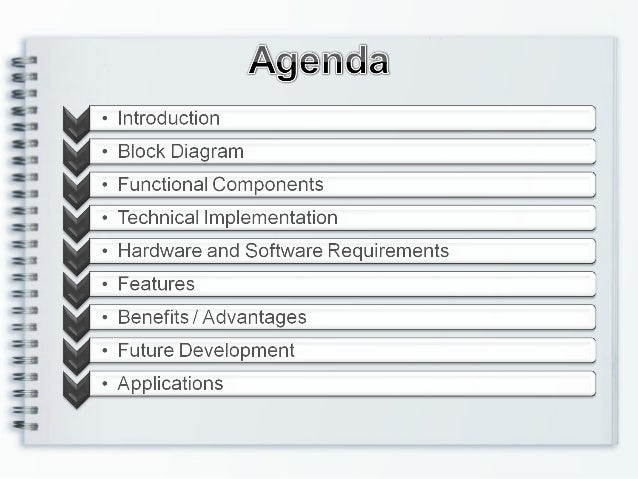

Abstraction may transform the extracted content by paraphrasing sections of the source document, to condense a text more strongly than extraction. Abstractive methods build an internal semantic representation of the original content (often called a language model), and then use this representation to create a summary that is closer to what a human might express. Abstractive-based summarization Ībstractive summarization methods generate new text that did not exist in the original text. Other examples of extraction that include key sequences of text in terms of clinical relevance (including patient/problem, intervention, and outcome). For text, extraction is analogous to the process of skimming, where the summary (if available), headings and subheadings, figures, the first and last paragraphs of a section, and optionally the first and last sentences in a paragraph are read before one chooses to read the entire document in detail. Examples of extracted content include key-phrases that can be used to "tag" or index a text document, or key sentences (including headings) that collectively comprise an abstract, and representative images or video segments, as stated above. Here, content is extracted from the original data, but the extracted content is not modified in any way.

There are two general approaches to automatic summarization: extraction and abstraction. In 2022 Google Docs released an automatic summarization feature. Video summaries simply retain a carefully selected subset of the original video frames and, therefore, are not identical to the output of video synopsis algorithms, where new video frames are being synthesized based on the original video content. Video summarization algorithms identify and extract from the original video content the most important frames ( key-frames), and/or the most important video segments ( key-shots), normally in a temporally ordered fashion. Image summarization is the subject of ongoing research existing approaches typically attempt to display the most representative images from a given image collection, or generate a video that only includes the most important content from the entire collection. On the other hand, visual content can be summarized using computer vision algorithms. Text summarization is usually implemented by natural language processing methods, designed to locate the most informative sentences in a given document. Artificial intelligence algorithms are commonly developed and employed to achieve this, specialized for different types of data.

This article needs additional citations for verification.


 0 kommentar(er)
0 kommentar(er)
